Native name 武田 惣角 Name Takeda Sokaku | Nationality Japanese Children Takeda Tokimune | |
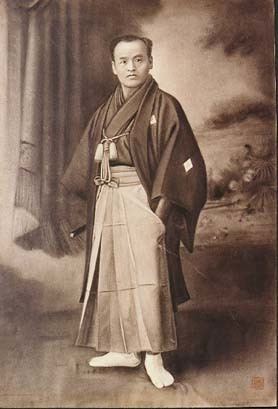 | ||
Notable students Morihei Ueshiba, Hisa Takuma, Kotaro Yoshida, Choi Yong-sool | ||
Popular Videos - Daitō-Ryū Aiki-Jūjutsu & Takeda Sōkaku
Takeda Sōkaku (武田 惣角, October 10, 1859 – April 25, 1943) was known as the founder of a school of jujutsu known as Daitō-ryū Aiki-jūjutsu.
Contents
- Popular Videos Dait Ry Aiki Jjutsu Takeda Skaku
- Hidden roots of aikido takeda sokaku
- Life
- Important students
- Skakus far reaching influence
- References
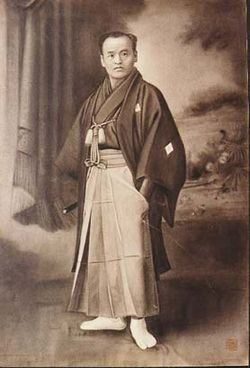
Hidden roots of aikido takeda sokaku
Life
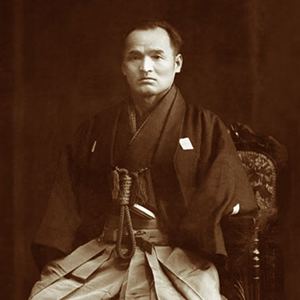
Born in the Aizu domain (Fukushima Prefecture), Sōkaku grew up in a time of war (Boshin) and civil strife and was able to witness both first hand while still a young boy. The second son of Takeda Sōkichi, a samurai of the Takeda clan who worked his farm and taught at a local school and Tomi Kurokochi, a daughter of Dengoro Kurokochi, a Yari and Kenjutsu master. It is believed that Sōkaku received his first martial arts training from his father who had a dojo on their property. Sōkichi was apparently expert in the use of both sword and spear, and had once been a sumo wrestler of ozeki rank. It is believed that Sōkaku was exposed to the teachings of Hōzōin-ryū Takada-ha and Ono-ha Ittō-ryū, schools of spear and swordsmanship respectively.

Sōkaku then left to go on a period of austere training where he travelled, fought and trained at the schools of many teachers, a not uncommon practise of the time. Reputedly, Sōkaku spent some time as a live-in student of Kenkichi Sakakibara, headmaster of the Jikishinkage-ryū and considered to be one of the most famous and skilled swordsmen of the era. Unfortunately there exist no known historical documents to confirm this relationship and so it is a matter of debate. What is known, however, is that Sōkaku engaged in many matches and duels with both shinai and live blades and was considered a swordsman of great skill in a period of time when such things were beginning to be forgotten.
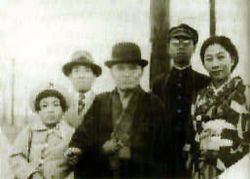
With the outlawing of the samurai class and the prohibition against carrying swords (Haitōrei Edict) apparentally Sokaku decided to emphasize the empty handed, jujutsu oriented, techniques of his ancestor's art. These apparently were 'oshiki-uchi', or secret teachings of the Aizu clan, up to that point. These, along with other skills he had acquired, were combined to create an art which he christened first 'Daitō-ryū jūjutsu' and later 'Daitō-ryū Aiki-jūjutsu'.
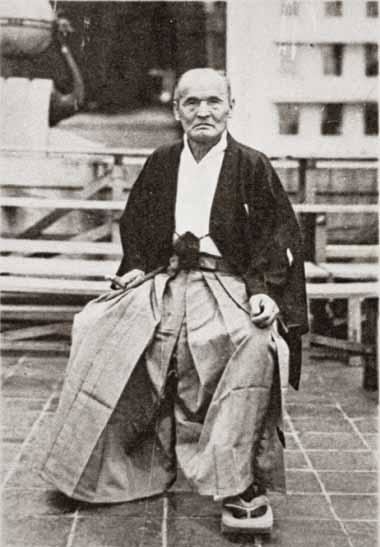
In about 1875, rumor reached Sōkaku that Saigō Takamori had launched his rebellion in Satsuma against the forces of the new Meiji government. He decided immediately that he would go to lend his support. He made it as far as Kyushu but was unable to reach his destination, so he returned to Osaka where he spent the next ten years as a guest in the Kyōshin Meichi-ryū dojo of swordsman Momonoi Shunzo.

Sōkaku lived a somewhat itinerant life, travelling the length and breadth of the country giving seminars in martial arts to military officers, police officers and martial arts enthusiasts, often of high social standing. He left extensive records of those he taught in the 'eimeiroku' and the 'shareikoku' which were attendance and fee ledgers of those who attended and paid for lessons from him.
Important students
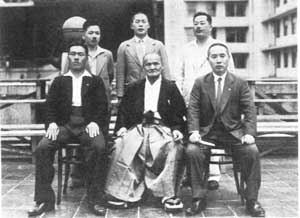
Taking over the role of headmaster of the art was Sōkaku's son, Tokimune Takeda, who established the Daitokan school in Hokkaidō to promote the art and re-christened it 'Daitō-ryū Aiki Budō'. Tokimune is said to have contributed much of the teaching system which exists for the art today; naming and classifying the techniques and further simplifying the weapons component of the system. He emphasized the Ona ha Itto-ryu portion of the weapons curriculum over other elements that Sōkaku taught to some advanced students.

Sokaku's highest ranking students were Hisa Takuma and Masao Tonedate, both high executives of the Asahi newspaper in Osaka, whose own students established the Takumakai and the Daibukan.
Other important students of Sōkaku's were Yukiyoshi Sagawa, who some believe was the most talented of his early students, Kodo Horikawa (Kotaro), whose students established the Kodokai and the Roppokai, Kōtarō Yoshida, Hosaku Matsuda and Tomekichi Yamamoto.
Sōkaku's far-reaching influence
His most famous student was the founder of aikido, Morihei Ueshiba and it is the popularity of this modern martial arts form that is responsible for much of the interest in Daitō-ryū today.
Hosaku Matsuda was taught by Sōkaku, who in turn taught Yoshiji Okuyama, who in turn founded the Hakkō-ryū Jujutsu school. Okuyama taught Michiomi Nakano, who later as Dōshin Sō, founder of Nippon Shorinji Kempo. Choi Yong-Sool, the founder of Hapkido was adopted by Sokaku and trained with him as well.
The influence of the teachings of Sokaku Takeda are readily discernible in the physical techniques of aikido, Hakko Ryu, Nippon Shorinji Kempo, hapkido and judo's goshin jutsu self-defense kata (via Kenji Tomiki) today.
